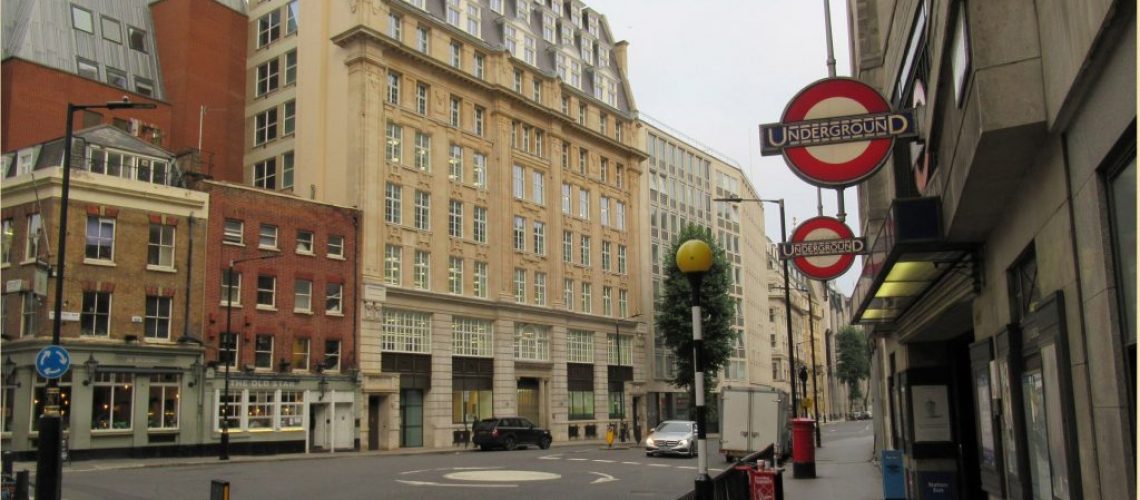Mark Lubienski shines a light onto the secret world of the cryptanalysts whose wartime successes in deciphering Nazi communications inspired the film the Imitation Game
If it were not for the wartime work of the legendary Bletchley Park code breakers, I would not be here today. Historians estimate that their work shortened the Second World War by at least two years. My Polish father, at the time an asthmatic 12-year-old boy, spent the last 8 months of the war in forced labour, and would not have survived much longer. Perhaps that is one of the reasons why I find the story of the code breakers story so compelling.
So what is it about this secret world that so fascinates and intrigues us? It is a tale of eccentric yet brilliant characters, extraordinary mathematical achievements and the world’s first electronic computer, all of which remained top secret until well into most of our lifetimes.
It is also a story that has attracted a broader audience through the 2014 Hollywood movie The Imitation Game. In the film, Benedict Cumberbatch gives a memorable performance as the brilliant, yet tragic, mathematician Alan Turing. The film portrays in a dramatic, but slightly silly fashion the events at Bletchley Park leading up to the cracking of Germany’s Enigma code in the Second World War.
Cipher school
But British code breaking was not all about Westminster-born Turing. It did not start in the Second World War, nor did it start at Bletchley Park. We need to turn back the clock to 1914 and Room 40, which was the informal name for Naval Intelligence Division 25, based on the first floor of the Old Admiralty Building on Whitehall. Room 40 was the section in the Admiralty most closely identified with British radio intercept and code-breaking efforts during the First World War.
Its greatest success was the interception and decoding of the infamous Zimmerman Telegram in 1917, the catalyst that propelled the United States into that terrible conflict. Immediately after the War, Room 40 was amalgamated with its sister organisation in the Army, MI1(b), to form the Government Code & Cipher School (GC&CS). From 1926 to 1939, GC&CS was housed in MI6’s London office at 54 Broadway, directly across the road from Charles Holden’s London Underground building.
Just before the outbreak of the Second World War, and fearing bombing by German air raids, the code breakers were moved up to Bletchley Park, an estate in deepest Buckinghamshire. The man responsible for GC&CS, noted bon viveur and head of MI6 Admiral Hugh Sinclair, took with him the chef from his favourite restaurant, the Savoy Grill. But, after a few days of haute cuisine, the culinary demands of the more difficult code breakers proved too much and the chef attempted suicide!
The remarkable stories of Second World War code breaking only started to officially emerge in 1974. Understanding the vital impact of the intelligence (called ULTRA) produced by Bletchley Park completely changed historians’ perspectives of the outcomes of conflicts and battles during the war.
The victors of some of those battles, such as General Dwight D Eisenhower and Admiral Andrew Cunningham, are remembered today through prominent statues in Westminster. Perhaps unsurprisingly, the code-breakers are not.
Mark Lubienski is a Westminster Guide from the Class of 2014. He is also a co-founder of London War Walks, and gives occasional talks on the secret world of intelligence and espionage.
Twitter: @marklubienski Website: http://londonwarwalks.com/about/
© Mark Lubienski 2018
Main image: In the late 1920s and 1930s the Government Code & Cipher School was housed at 54 Broadway, directly opposite St James’s Underground station at 55 Broadway (Photo: Janet Perham)

